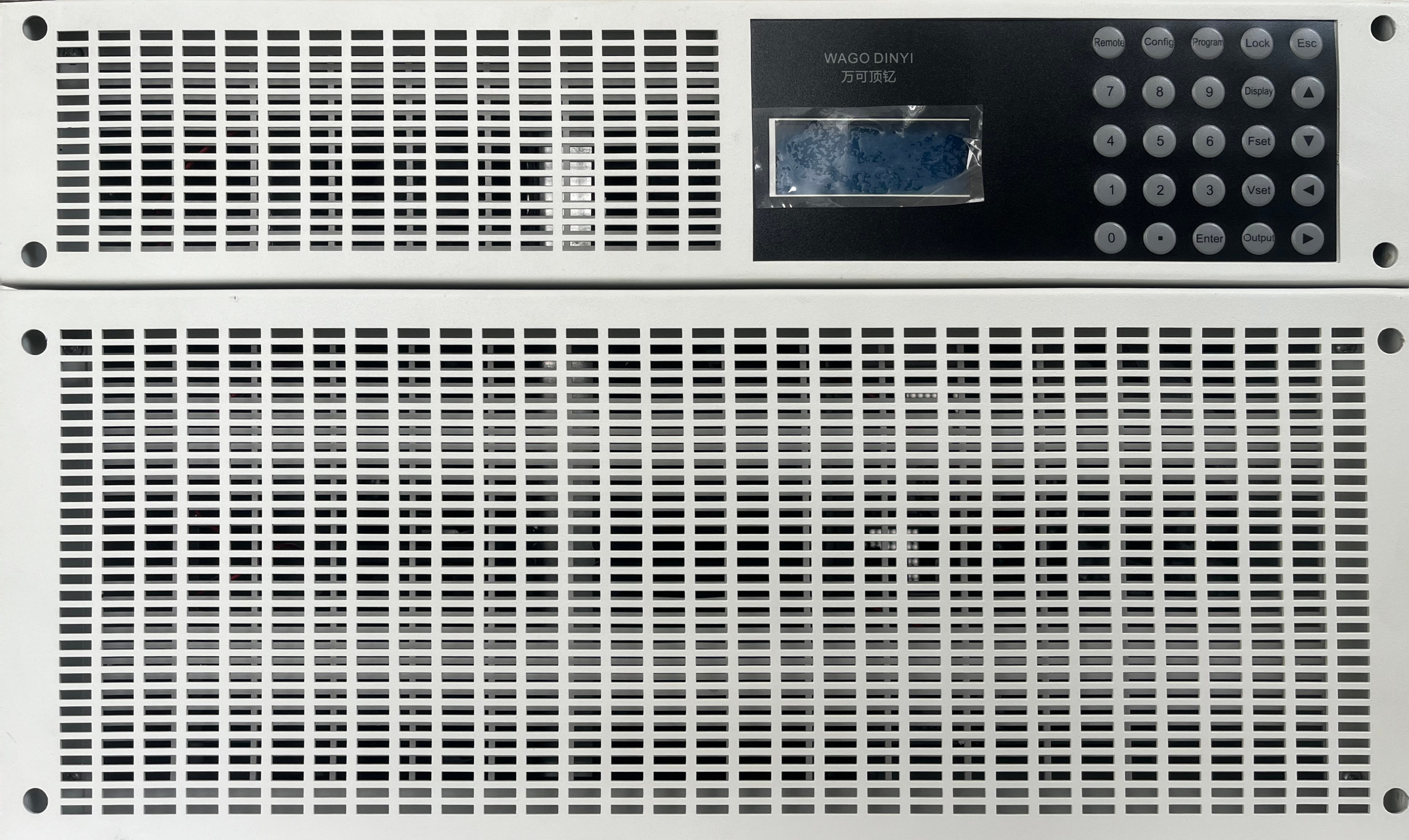Die Begrip van die Kritieke Rol van Konstante Stroom in LED-stelsels
Die verligtingsbedryf het 'n revolusionêre transformasie beleef met die ontwikkeling van LED tegnologie. By die kern van betroubare LED bedryf lê 'n fundamentele beginsel: konstante stroom LED-beheer. Hierdie gesofisteerde benadering tot kragbestuur het die hoeksteen van moderne LED-verligtingstelsels geword, wat beide optimale werkverrigting en lewensduur verseker. Vanaf residensiële verligting tot industriële toepassings, is die korrekte implementering van konstante stroom wat uitstekende LED-stelsels van matige skei.
Die inherente eienskappe van LED-tegnologie vereis presiese stroomregulering vir effektiewe werking. In teenstelling met tradisionele beligtingsoplossings, is LEDs stroom-gestuurde toestelle eerder as spanning-gestuurde toestelle, wat konstante stroombeheer noodsaaklik maak vir hul werking. Hierdie fundamentele aspek beïnvloed alles van helderheidkonstansie tot die algehele lewensduur van LED-installasies.

Die Wetenskap agter Konstante Stroom LED-werking
Elektriese eienskappe van LEDs
LEDs toon 'n unieke spanning-stroomverhouding wat versigtige kragbestuur vereis. Wanneer stroom deur 'n LED vloei, skep dit 'n vorentoe-spanningsval wat met temperatuur en vervaardigingsverskille wissel. Hierdie verhouding beteken dat klein veranderinge in spanning groot stroomfluktuasies kan veroorsaak, wat die LED moontlik kan beskadig of onbestendige liguitset veroorsaak.
Die halfgeleier-aard van LED's maak hulle veral sensitief vir stroomveranderlikes. Sonder behoorlike stroomregulering kan selfs geringe spanningfluktuasies lei tot termiese uitloop, 'n toestand waarin toenemende temperatuur die LED se voorwaartse spanning verminder, wat katastrofiese fout kan veroorsaak.
Stroomreguleringsmeganismes
Moderne konstante stroom LED-bestuurders gebruik gevorderde stroombaane om 'n bestendige stroomvloei te handhaaf. Hierdie stelsels monitor voortdurend en pas die stroom aan, om te kompenseer vir variasies in insetspanning, temperatuur en ander omgewingsfaktore. Gevorderde bestuurders kan funksies insluit soos pulsbreedtemodulasie (PWM) vir demping terwyl stroomstabiliteit behou word.
Die regulasieproses behels realtydse terugkoppelmeganismes wat die werklike stroomvloei meet en oombliklike aanpassings maak. Hierdie dinamiese beheer verseker dat LED's presies die stroom ontvang wat hulle nodig het, ongeag eksterne toestande of bedryfsparameters.
Presteer Voordele van Konstante Stroombeheer
Verbeterde Ligsterkte Stabiliteit
Konstante stroom LED-stelsels lewer opmerklik stabiele liguitset gedurende hul bedryfslewe. Deur presiese stroomvlakke te handhaaf, voorkom hierdie stelsels die fluktuasies in helderheid wat kan voorkom met spanningsgebaseerde beheermetodes. Hierdie stabiliteit is veral belangrik in toepassings wat bestendige verligting vereis, soos argitektoniese verligting of professionele fotostudios.
Die verwantskap tussen stroom en helderheid in LEDs is byna lineêr, wat konstante stroombeheer 'n ideale metode maak om presiese dimmingsmoontlikhede te bereik. Dit maak dit moontlik vir gevorderde beligtingsbeheerstelsels om kleurkonstansie en ligkwaliteit op verskeie helderheidsvlakke te handhaaf.
Uitgebreide Bedryfslewe
Dalk is die belangrikste voordeel van konstante stroom LED-stelsels hul bydrae tot LED-langetydigheid. Deur stroompieke te voorkom en optimale bedryfskondisies te handhaaf, help hierdie stelsels LEDs om hul volle potensiële lewensduur te bereik, wat dikwels meer as 50 000 bedryfsure oorskry. Hierdie verlengde duursaamheid vertaal direk na verminderde instandhoudingskoste en verbeterde opbrengs op belegging.
Die beskermende aard van konstante stroombeheer help ook om vroeë LED-faling te voorkom wat deur elektriese stres veroorsaak word. Dit is veral waardevol in kommersiële en industriële toepassings waar vervangingskoste aansienlik kan wees.
Veiligheidsoorwegings en Beskermingsfunksies
Voordele van Termiese Bestuur
Konstante stroom LED-bestuurders speel 'n sleutelrol in termiese bestuur. Deur vaste stroomvlakke te handhaaf, help hierdie stelsels om oormatige hitteontwikkeling te voorkom wat beide die werkverrigting en veiligheid kan benadeel. Hierdie termiese regulering is noodsaaklik om veilige bedryfstemperature te handhaaf en potensiële brandgevare te voorkom.
Gevorderde konstante stroomstelsels sluit dikwels temperatuurmonitering en beskermingsfunksies in. Hierdie veiligheidsmaatreëls kan outomaties stroomvlakke aanpas of die stelsel afskakel indien temperature bo veilige drempels uitstyg, en dus 'n ekstra laag beskerming vir beide die LED-armature en hul omgewing verskaf.
Elektriese Veiligheidsmeganismes
Moderne konstante stroom LED-stelsels sluit verskeie veiligheidsfunksies in om teen elektriese gevare te beskerm. Beskerming teen kortsluiting, oop stroombaan opsporing en oorspanning beskerming is standaardfunksies wat help om elektriese ongelukke en toerustingbeskadiging te voorkom. Hierdie veiligheidsmeganismes maak konstante stroom LED-stelsels veral geskik vir kommersiële en industriële toepassings waar betroubaarheid van uiterste belang is.
Die elektriese isolasie wat deur konstante stroombestuurders verskaf word, help ook om gebruikers en instandhoudingspersoneel teen moontlike skokgevare te beskerm. Dit is veral belangrik in nat of buitelug omgewings waar elektriese veiligheidskwessies verhoog is.
Implementering Beste Praktyke
Keuse en Dimensionering Riglyne
Die kies van die toepaslike konstante stroom LED-stuurder vereis versorgde oorweging van verskeie faktore. Die stuurder moet die LED se stroomvereistes, spanningtrajek en kragspesifikasies pas. Behoorlike dimensionering verseker optimale werkverrigting terwyl dit nodige veiligheidsmarges handhaaf vir langtermynbetroubaarheid.
Stelselonwerpers moet ook omgewingsfaktore, soos omgewingstemperatuurtrajekte en installasie-omstandighede, in ag neem. Hierdie oorwegings help om te verseker dat die konstante stroomstelsel stabiele werking kan handhaaf onder alle verwagte bedryfsomstandighede.
Installasie en Onderhoud Oorwegings
Behoorlike installering van konstante stroom LED-stelsels is noodsaaklik vir optimale werkverrigting en veiligheid. Dit sluit in die versekering van voldoende ventilasie, behoorlike bedradingpraktyke, en toepaslike monteringsplekke. Rutienige instandhoudingskontroles moet die verifikasie van stroomvlakke en termiese werkverrigting insluit om voortgesette betroubare werking te verseker.
Dokumentering en monitering van stelselprestasie kan help om potensiële probleme te identifiseer voordat dit krities word. Hierdie proaktiewe benadering tot instandhouding help om die voordele van konstante stroombeheer te maksimeer, terwyl bedryfsontwrigtinge geminimaliseer word.
Gereelde vrae
Hoe affekteer konstante stroom LED-dimvermoëns?
Konstante stroom LED-stelsels gebruik gewoonlik puls-breedtemodulasie (PWM) of analoog dimmetodes om die helderheid aan te pas terwyl stroomstabiliteit behou word. Hierdie benadering verseker so 'n gladde, flitsvrye dimwerking terwyl kleurkonstansie en LED-langetermyn bewaar word.
Wat is die tekens van onbehoorlike stroomregulering in LED-stelsels?
Algemene aanduiders sluit flitsende ligte, onbestendige helderheid, vroeë LED-faling en oormatige hitteproduksie in. Hierdie simptome dui dikwels daarop dat die konstante stroombeheerstelsel aangepas of vervang moet word.
Kan konstante stroom LED-bestuurders met enige LED-armatuur gebruik word?
Terwyl konstante stroombestuurders wyd verspreid kompatibel is, moet hulle behoorlik aangepas word aan die LED-lig se spesifikasies. Sleutelparameters sluit stroomvereistes, spanningtrajek en drywingsgradering in. Raadpleeg altyd die vervaardiger se spesifikasies vir behoorlike samevoeging.



